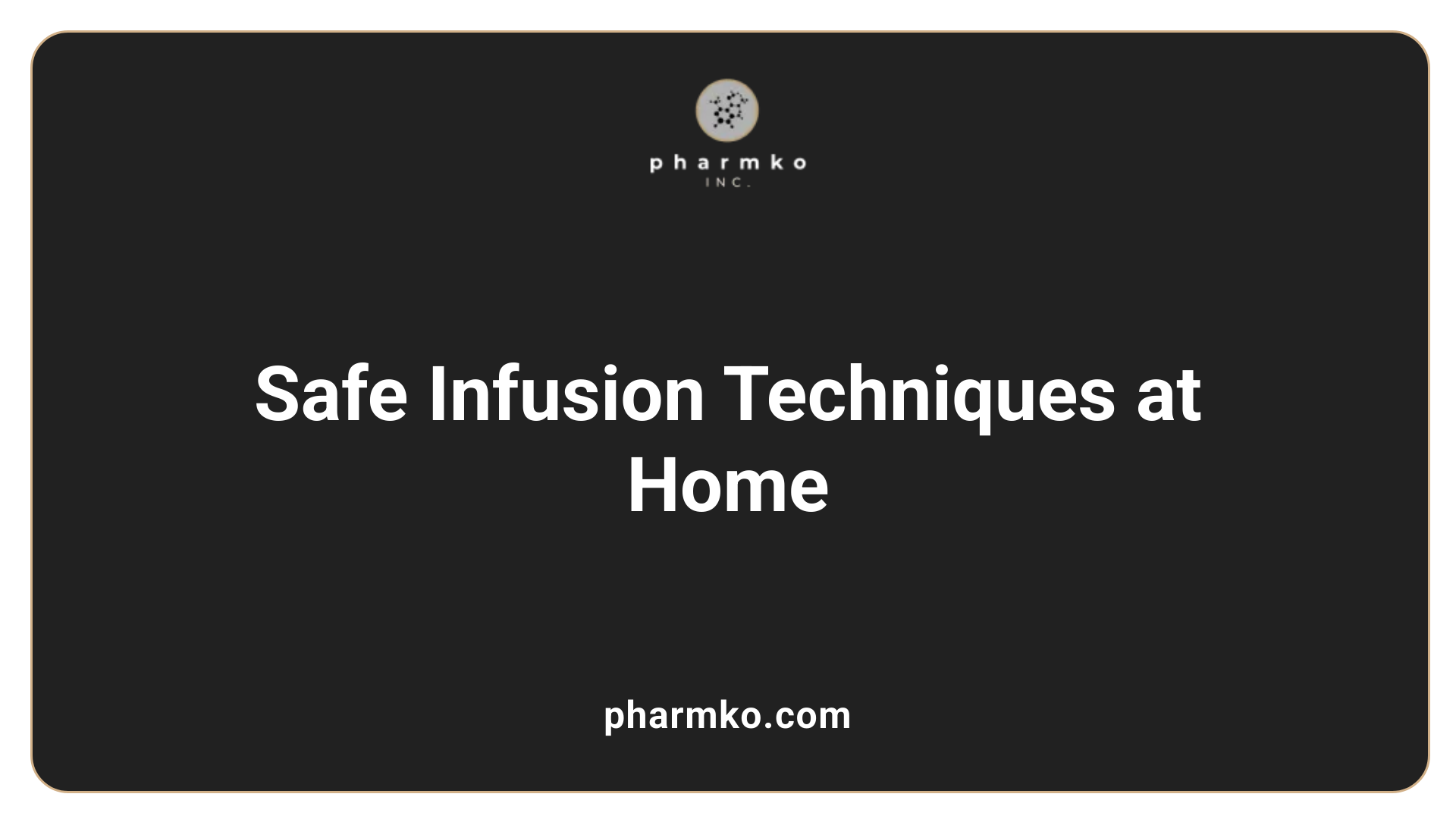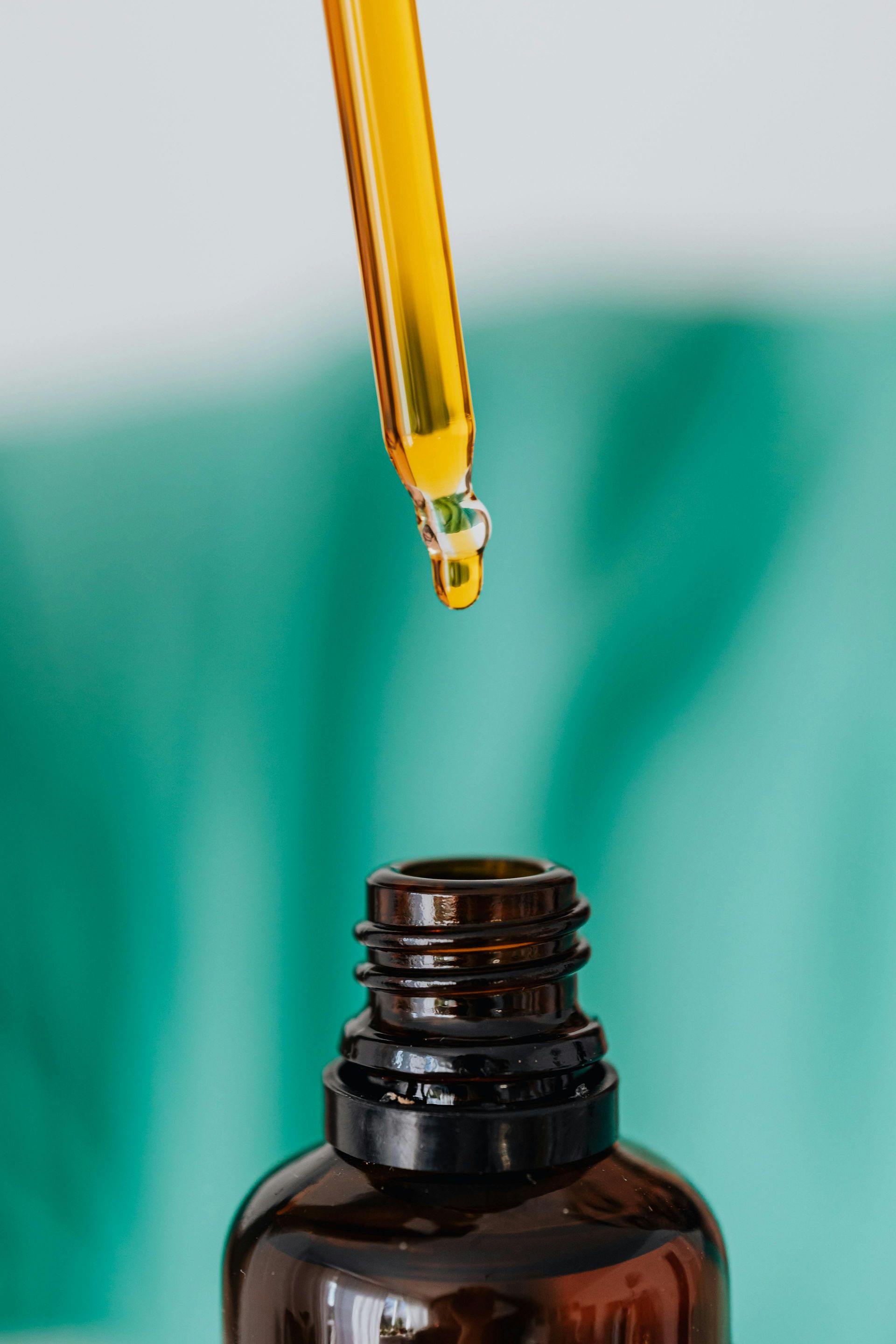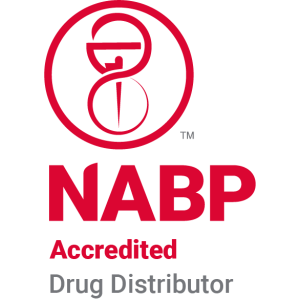Hemophilia infusion care at home
Understanding Hemophilia Management and the Role of Home Infusions
Hemophilia is a rare genetic disorder that impairs the blood’s ability to clot properly, leading to excessive bleeding. Management of this condition has evolved to include not only hospital-based treatments but also self-managed and caregiver-assisted infusions at home. This shift toward home infusion therapy offers patients greater independence, quicker response to bleeding episodes, and potential cost savings. This article explores the various aspects of hemophilia infusion care at home, emphasizing safe procedures, management strategies, and the benefits of integrating treatment into daily life.
Foundations of Hemophilia Infusion Therapy

How is hemophilia treated with infusion therapy?
The primary approach to managing hemophilia involves replacement therapy, which entails injecting concentrates of clotting factors directly into the bloodstream. For individuals with hemophilia A, this means infusing clotting factor VIII, while those with hemophilia B receive clotting factor IX.
These infusions help restore the blood's ability to clot, reducing or preventing bleeding episodes. Typically, treatment is administered through intravenous injections, which can be performed at home after proper training. Home infusion allows for rapid response to bleeding events, often minimizing damage and decreasing the need for hospital visits.
Can hemophilia be managed at home with infusions?
Absolutely. A significant number of patients, especially children with severe hemophilia, are trained to perform infusions at home. This approach offers greater flexibility and independence in managing their condition.
Patients can follow two main treatment strategies:
- On-demand therapy: Infusing clotting factors when bleeding occurs to halt the episode.
- Prophylactic therapy: Regular infusions, usually two or three times weekly, to prevent bleeding altogether.
Home infusion support is facilitated by healthcare providers, including specialized nurses and treatment centers, ensuring safety and proper technique. This patient-centered approach not only reduces hospital visits but also integrates treatment into daily life, improving overall well-being.
Types of hemophilia and relevant treatment approaches
| Type of Hemophilia | Clotting Factor Used | Treatment Approach | Additional Details |
|---|---|---|---|
| Hemophilia A | Factor VIII | Replacement, Prophylaxis, On-Demand | Most common form, severe cases often managed at home |
| Hemophilia B | Factor IX | Replacement, Prophylaxis, On-Demand | Less common, similar management strategies |
| Von Willebrand Disease | Varies, often Desmopressin or von Willebrand factor concentrates | Sometimes managed with infusions, especially severe cases | Different from hemophilia but sometimes utilizes similar infusion techniques |
Proper management requires tailored treatment plans developed in consultation with healthcare providers. Education and training are vital for safe infusion practice at home, enabling patients to live active, healthy lives while managing their bleeding disorder.
Procedures and Best Practices for Safe Infusions

What are safe procedures for conducting hemophilia infusions at home?
Performing hemophilia infusions safely at home requires careful attention to technique, hygiene, and communication with healthcare providers. First, always begin with thorough hand hygiene, washing hands with soap and water or using an alcohol-based hand sanitizer. Before starting the infusion, ensure the infusion site is cleaned thoroughly using an alcohol swab or other sterile antiseptic in circular motions from the inside to the outside. Allow the area to dry completely to prevent contamination.
Identifying a suitable vein is crucial for a successful infusion. Use a tourniquet wrapped snugly around the limb to help enlarge the vein, making it easier to access. Gently palpate and visualize the vein before insertion. Insert the needle at about a 30-degree angle with the bevel facing up, applying gentle pressure to ensure entry into the vein and confirming blood return in the hub, which indicates proper access.
Administer the clotting factor concentrate slowly, monitoring the infusion site for signs of swelling, leakage, or allergic reactions. If any adverse signs occur, stop the infusion and notify your healthcare provider promptly.
After completing the infusion, carefully remove the needle, apply gentle pressure with sterile gauze, and secure the site with a bandage. Proper disposal of sharps in approved sharps containers is essential to prevent injury or needle-stick accidents.
Maintaining detailed records of each infusion—including the date, time, dose, and any reactions—is vital for ongoing treatment management. Regular communication with your hemophilia treatment team ensures that any issues are addressed promptly, and your treatment plan remains optimized. Proper training from healthcare professionals serves as a foundation for safe and effective home infusion therapy, empowering patients and caregivers to manage bleeding episodes confidently and safely.
Caregiver Guidelines and Training

What guidelines should caregivers follow for safe hemophilia infusion at home?
Caregivers, whether parents or other family members, play a vital role in managing hemophilia treatment at home. Proper training is essential to ensure safe and effective infusion practices. Healthcare professionals, such as nurses and pharmacists at hemophilia treatment centers, provide comprehensive education on sterile equipment use, site preparation, and correct dose administration.
Caregivers should strictly follow the prescribed infusion schedule, whether on demand to treat bleeds or prophylaxis to prevent them. Monitoring for adverse effects like allergic reactions, infusion site reactions, or vein damage is crucial. Recognizing early signs of complications allows for immediate communication with healthcare providers.
Accurate documentation is also a vital part of home care. Caregivers should record each infusion’s date, dose, and the location or type of bleeding episode. This information helps healthcare teams adjust treatment plans and monitor effectiveness.
Proper storage of clotting factor concentrates, usually in a refrigerator, prevents spoilage and maintains medication potency. Having all necessary supplies ready—needles, alcohol swabs, and disposal containers—ensures smooth treatment without delays.
Regular review sessions with healthcare providers reinforce correct techniques and update caregivers on new practices or changes in treatment protocols. Vigilance in safety practices, combined with open communication, reduces the risk of infections, medication errors, and delays in urgent situations.
Following these guidelines helps caregivers confidently manage hemophilia treatment, minimizes risks, and supports better health outcomes for patients at home.
Managing Supplies, Schedules, and Emergency Preparedness

How should clotting factor supplies and infusion schedules be managed at home?
Proper management of clotting factor supplies at home is vital for effective and safe therapy. Families should store these supplies according to manufacturer instructions, usually in a dedicated refrigerator or a stable household fridge, avoiding freezing or exposure to heat. Maintaining an organized inventory helps keep track of expiration dates and ensures a sufficient supply for both routine prophylaxis and emergencies.
Infusion schedules should be carefully planned and adhered to, with patients or caregivers using appropriate infusion kits and techniques. It's important to keep detailed records of each dose administered, including date, time, and any bleeding episodes or reactions. Regular communication with healthcare providers allows for adjustment of the infusion schedule tailored to the patient's needs.
Being prepared for unexpected events includes having extra supplies available for sudden bleeds or supply chain disruptions. Recognizing early signs of bleeding and administering treatment promptly can prevent severe complications. Training on safe storage, handling, and disposal of supplies, along with ongoing education, helps families manage risks and ensures safe home management.
What safety considerations and how to manage complications during home infusions?
Safety during home infusions hinges on comprehensive education and strict adherence to protocols. Caregivers and patients should be trained to identify adverse reactions like allergic responses, infections, or issues with vascular access. Proper sterile technique, including hand hygiene and equipment sterilization, minimizes infection risk.
Monitoring the infusion site regularly helps detect early signs of complications, such as swelling, redness, or pain. Using safety devices and following proper sharps disposal procedures protect against needlestick injuries and environmental hazards.
Effective communication with healthcare teams is essential; prompt reporting of problems allows for quick intervention. Using digital health tools—like telemedicine or electronic health records—can facilitate ongoing monitoring.
Occupational safety measures include evaluating the home environment for hazards and ensuring safety protocols are followed during visits by healthcare professionals. These precautions help minimize risks and maintain a safe environment for home infusion therapy.
Nutrition, Lifestyle, and Long-term Management

What lifestyle modifications or foods should individuals with hemophilia avoid to prevent bleeding complications?
People living with hemophilia can better manage their condition by making informed lifestyle choices. It’s advisable to avoid foods that can promote unhealthy weight gain or increase bleeding risks. Fried and processed foods are high in unhealthy fats and should be limited, since excess weight can put extra stress on joints and increase the likelihood of bleeding episodes.
Limiting added sugars is also beneficial for overall health, helping maintain a healthy weight and reducing joint strain. Alcohol consumption should be minimized or avoided altogether, as it provides little nutritional benefit and can impair blood clotting, raising bleeding risk and damaging the lungs.
Certain dietary supplements may affect blood clotting and should be used cautiously. Supplements like fish oil, ginkgo biloba, garlic, and ginger may enhance bleeding tendencies. Before adding any supplements or medications—particularly blood thinners such as aspirin or NSAIDs—consult a hematologist to prevent adverse effects.
Reading food labels carefully helps in selecting healthier options—look out for saturated fats, trans fats, added sugars, and additives—and make dietary choices that support joint health and overall well-being.
A balanced diet rich in fruits, vegetables, lean proteins, and whole grains supports not only general health but also helps in managing bleeding risks. Maintaining a healthy weight and protecting joint health through proper nutrition and lifestyle measures can significantly reduce bleeding episodes, allowing individuals with hemophilia to lead active, fulfilling lives.
Benefits and Future Outlook of Home Hemophilia Care
Home infusion therapy for hemophilia represents a significant advancement in patient-centered care, providing safety, convenience, and improved health outcomes. With proper training, adherence to safety protocols, and ongoing communication with healthcare providers, families can successfully manage bleeding episodes and prevent long-term complications. As research progresses, innovations such as long-acting clotting factors and gene therapies hold promise for even better quality of life and independence for individuals with hemophilia. Embracing home-based infusion care, supported by comprehensive programs like Oklahoma Children's Hospital’s 'Factor at Home,' ensures that patients receive timely, effective treatment while maintaining their normal activities, minimizing hospital reliance, and optimizing health and well-being.
References
- My Infusion Kit - Bleeding Disorders
- Hemophilia Home Infusion - Factor @ Home
- Hemophilia: An Overview for the Home Infusion Clinician
- Infusion Therapy for Bleeding Disorders
- 6Home Infusion
- Infusion Therapy for Advanced Bleeding Disorders
- How At-Home Infusion Therapy is Changing Lives
- Home Infusion Hemophilia Patients Use Less Factor VIII
- Hemophilia Therapy
- Home Therapy Clotting Factor Recommendations | NBDF













